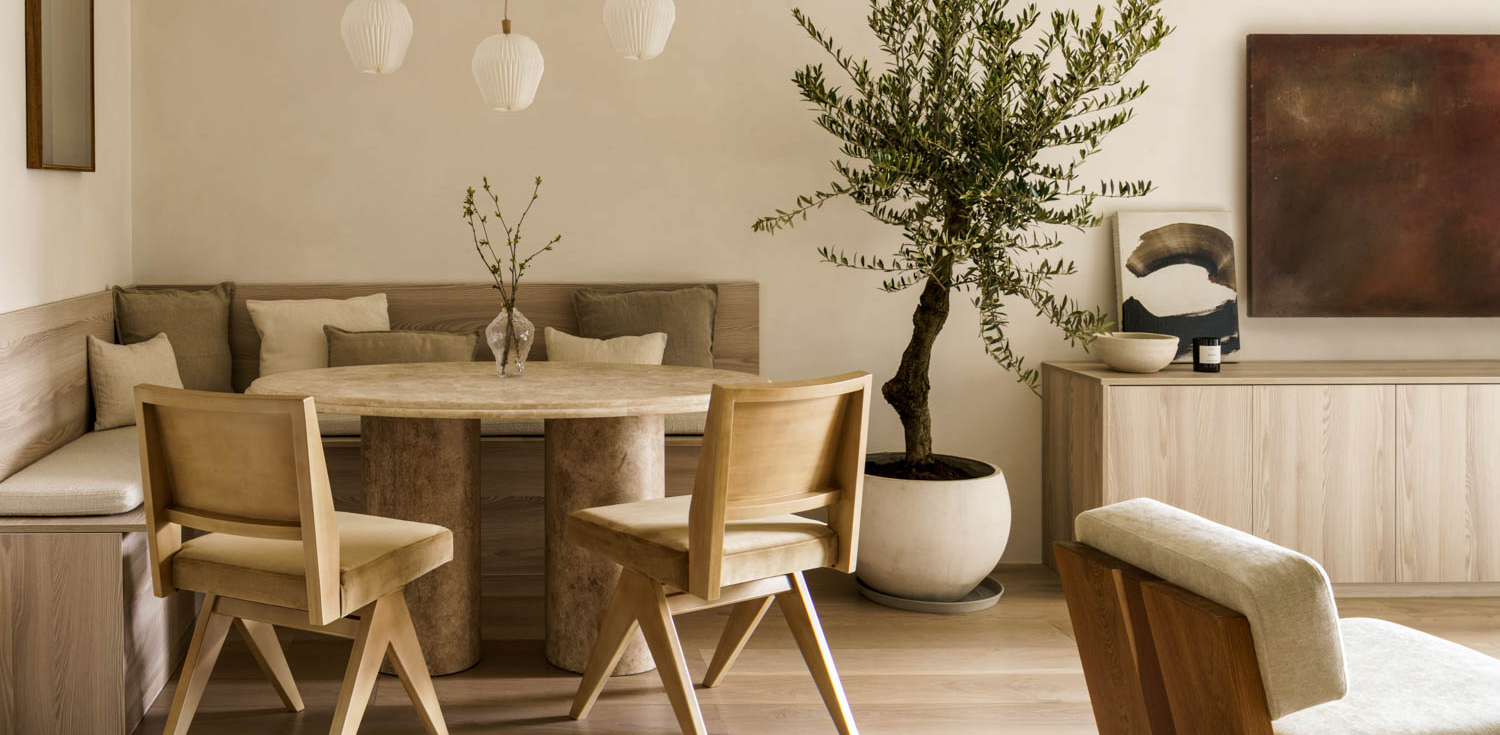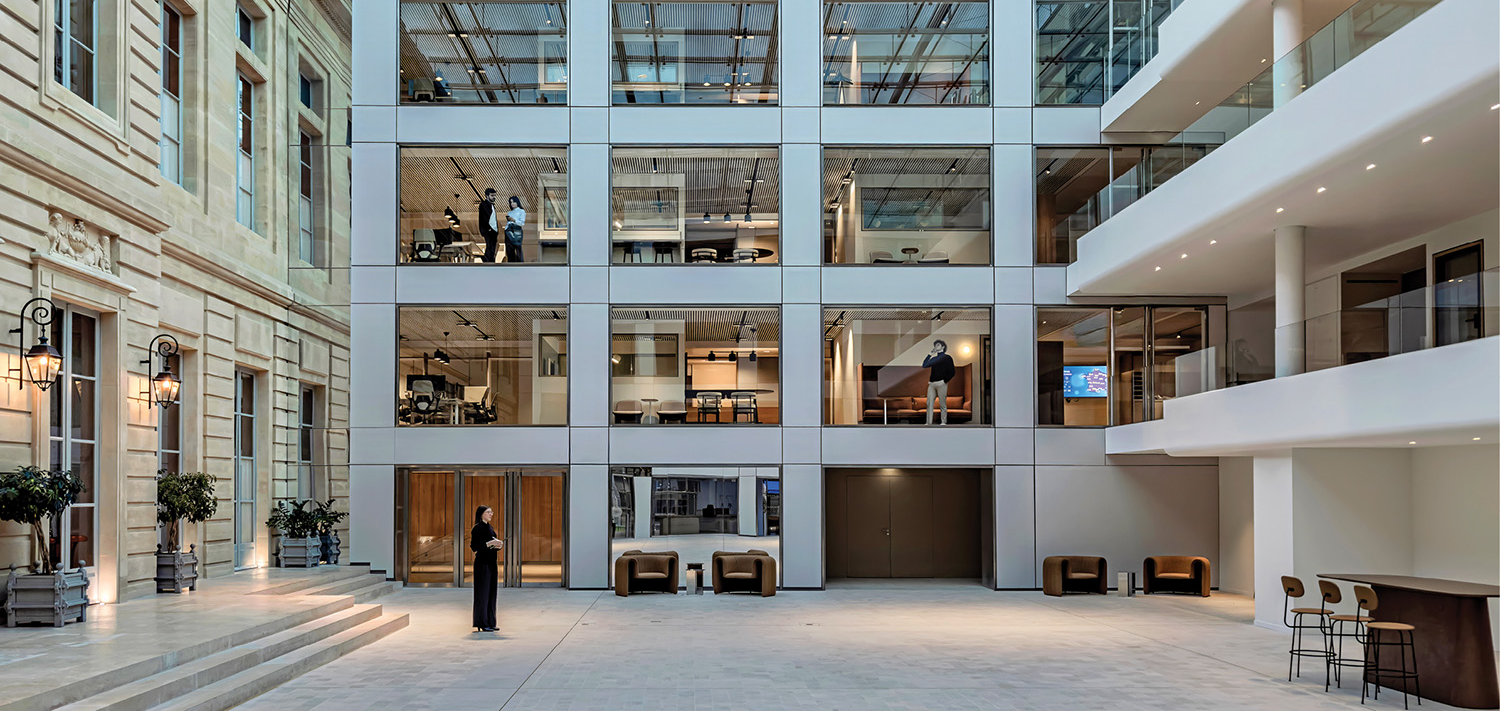YouTube Touches Down: HLW Remakes A Helicopter Hangar
YouTube videos used to be made in basements and college dorm rooms. Many still are. But the company now also has its own massive production facility, styled the YouTube space Los Angeles.
The building started life in 1951 as the Hughes Aircraft Company’s Hangar 17. To convert it, YouTube commissioned HLW international— a foregone conclusion, since HLW had already designed L.A. and New York offices for parent company Google. HLW senior associate and design director John Capobianco had spent two years as a team member on Google, New York, when he joined principal and broadcast design director Keith Hanadel as partner for YouTube.
The most successful projects are collaborations—and YouTube was more collaborative than most. “The client had definite ideas,” Hanadel recalls. Paramount was the fact that the space was to be “primarily for people who were not googlers,” he continues.
YouTube calls its video-makers “partners.” They even get a share in revenue generated by advertising placed alongside their videos. So the L.A. studio facility had to “allow them to cross-pollinate, to create more ambitious content,” YouTube space Los Angeles head Liam Collins says. What they got is not only communal space where they can serendipitously share ideas, techniques, crits, and general know-how but also state-of-the-art production and postproduction facilities. Library style, partners can check out and use YouTube’s up-to-the-minute robotic HD cameras, lighting, and sound equipment during the course of a shoot. Everything is free.
“It was a New York designer’s dream,” Hanadel says of the 40,000-square-foot hangar he crossed the U.S. to renovate. That dream came with a major reality check, however. HLW had to honor covenant restrictions imposed for historic-preservation reasons on two elevations. That meant no changes there. Instead, HLW placed new windows, roll-up doors, and a canopied entry on one of the long elevations not affected by the covenant.
Inside, a ton of program had to pack into the 22-foot-high volume. Organization, in the most basic terms, came together like this: production, notably the sound stages, takes up two thirds of the ground level; the other end is split between postproduction and the public areas, starting with reception.?
A rundown of amenities in the production and postproduction zones would include seven stages, three with virtual-reality “green screens” and one with motion-capture technology for computer-generated imagery. There are also seven black-box editing bays, an open area with editing monitors, a pair of voice-over rooms, a recording studio, and a control room for audio.
Sandwiched between production and postproduction, reception is no mere pass-through space. It’s more a hangout where ad hoc meetings take place at a long table lined with black shell chairs. Above the reception desk looms a 36-screen video wall constantly playing YouTube material. Opposite the video wall, lounge seating sprawls beneath a raised screening room, a specific YouTube request. The screening room’s glass front, framed in reclaimed teak, could be a giant TV.
Move the table and the table and chairs aside, and the reception area can morph into a stage set. The entire hangar, in fact, is one huge shooting opportunity—video-making isn’t limited to the sound stages. To date, no one has shot anything in the corridor running virtually all the way across the front of the building, but that’s where production designer Rachel Myers found the inspiration for the hallway she built, in the largest soundstage, for Video Game High School, a series by filmmaker and gamer Freddie Wong.
The varied shooting scenarios were an essential concept for HLW. “I call them hives, or activity centers, for the YouTube community,” Capobianco says. For bird’s-eye vantage points, there’s the wide balcony of the existing mezzanine above the postproduction zone.
Most of that mezzanine is for the YouTube permanent staff of 25. HLW gave them a tight benching system, counter balanced by a generous conference lounge, “huddle” rooms for smaller meetings, and a pantry separate from the two public ones downstairs. For quick descents, try the new fire pole.
So, we’re wondering, how does YouTube’s studio, clearly enviable, compare to a major motion-picture lot? Hanadel, who has several of the latter to his credit, says, “They’re really like a factory, producing content in a linear process. YouTube, by contrast, is more of a lab, allowing partners to explore and change content. It’s a place for creating a sense of community, rather than being just a series of connected elements.”
Speaking from experience, myers conceivably offers the site’s most cogent description: “The building is a metaphor for new media. open, transparent. everything can be shared.” Sounds ready to break YouTube’s record, 1.6 billion “views.”
Project Team
Susan Boyle; Bita Salamat; Babak Ghezelayagh; Joseph Bryant; Bethann Christiansen; Patricia DUVAL; Christian Giordano; Ann Mariani; Daniel Rojas; Jorge Marien; Charles Alexander; David Swartz: HLW International. HLB Lighting Design: Lighting Consultant. Veneklasen Associates: Acoustical Consultant. CBT Systems: Broadcasting Consultant. Structural Focus: Structural Engineer. Arc Engineering: MEP. Artcrafters Cabinets: Woodwork. Howard Building Corporation: General Contractor. Ross Project Management: Project Manager.


